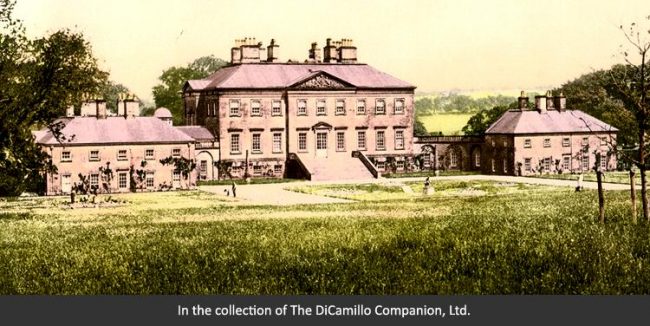
The entrance facade from an 1890s postcard
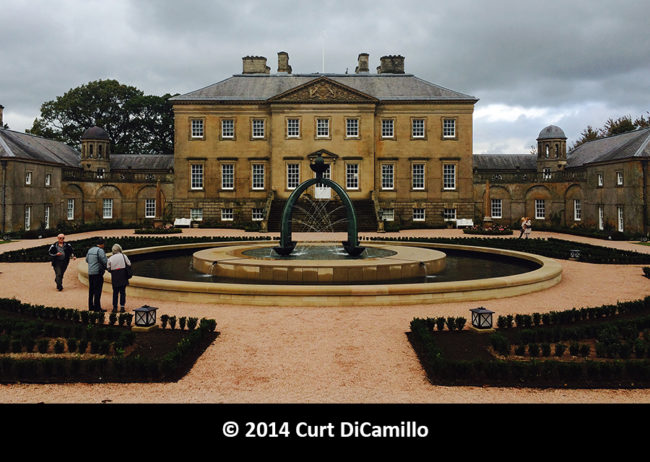
The entrance facade in 2014
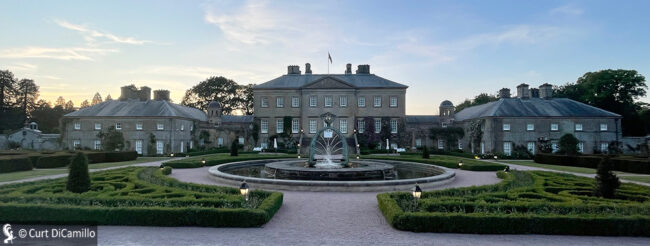
The entrance facade at dusk in 2023
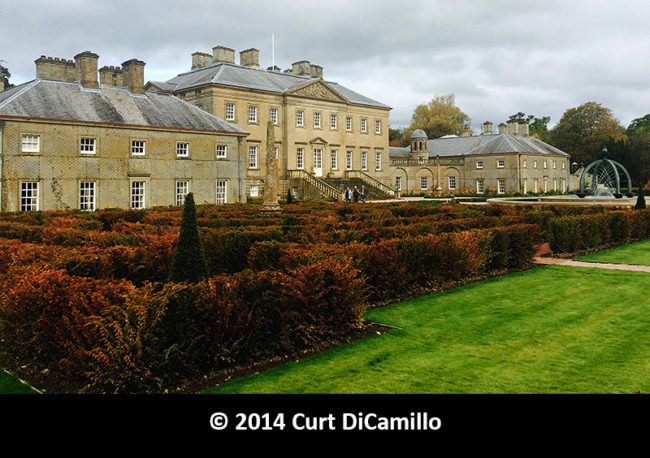
The entrance facade
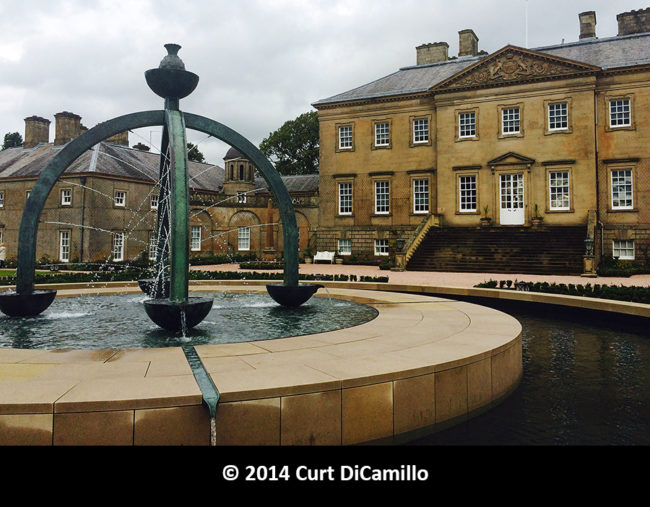
The entrance facade fountain
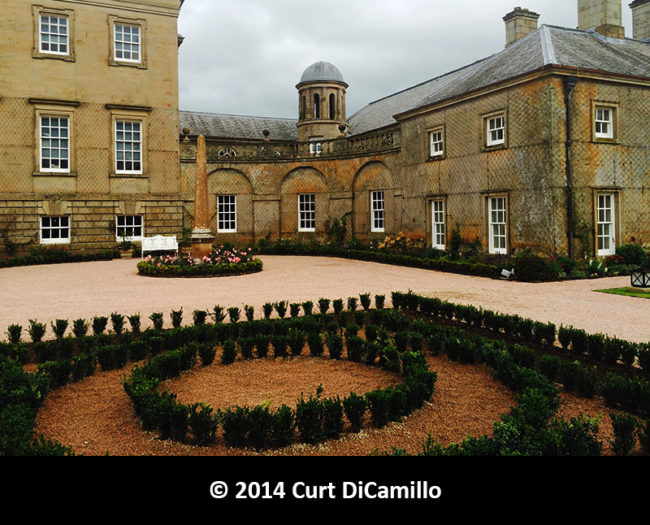
The entrance facade right quadrant
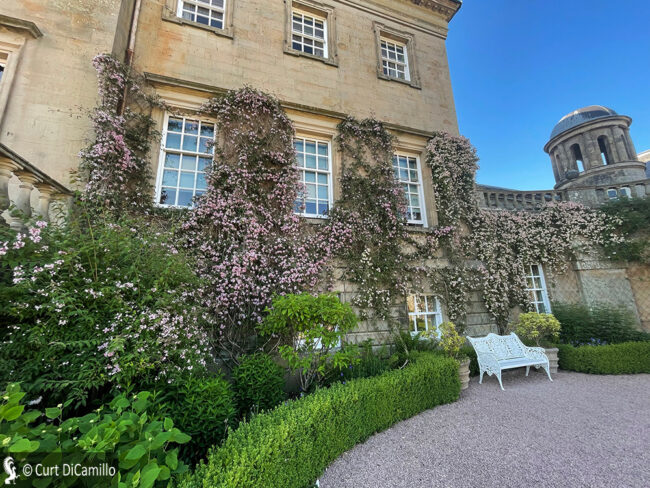
Entrance facade right quadrant in Jun 2023
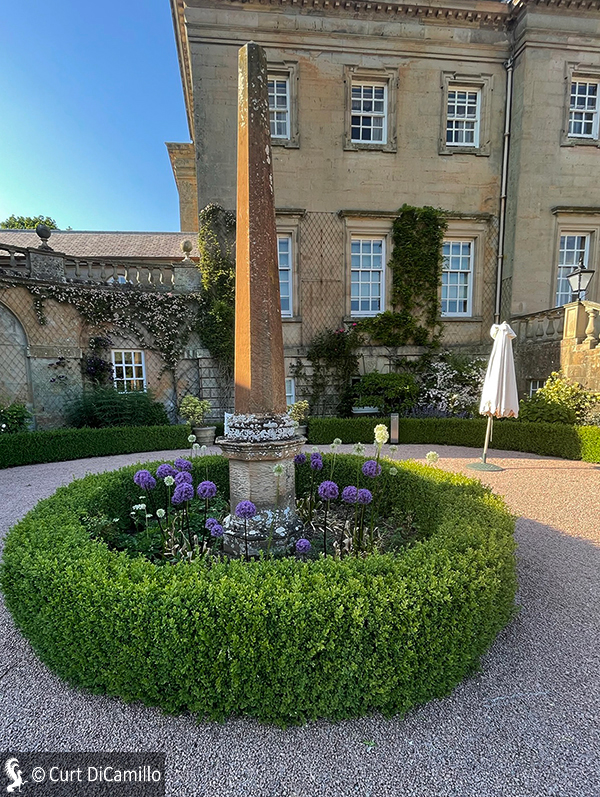
Obelisk, entrance facade left quadrant.
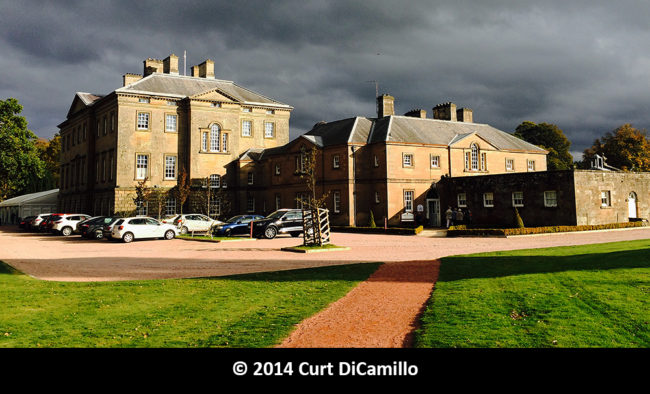
Rear and side facades
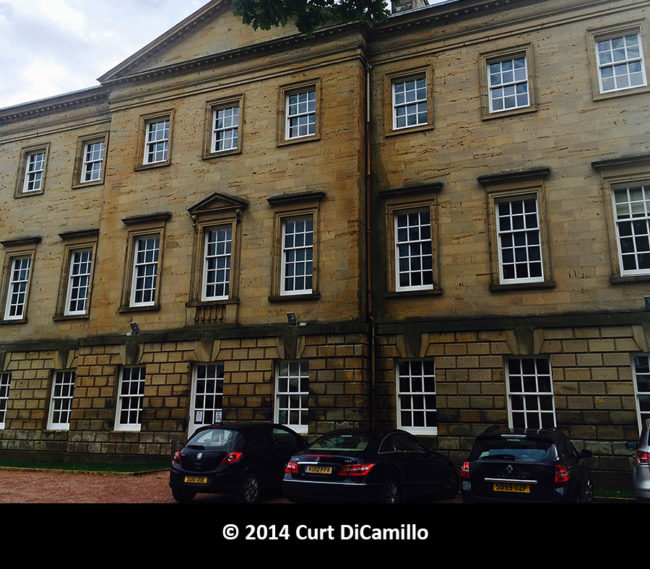
The rear facade
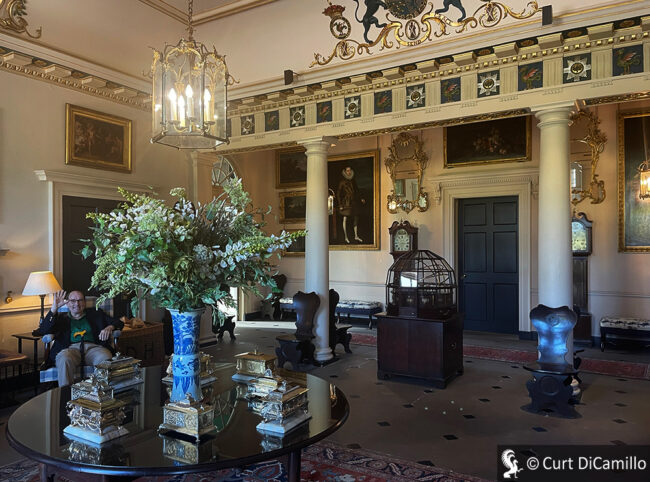
The entrance hall in 2023
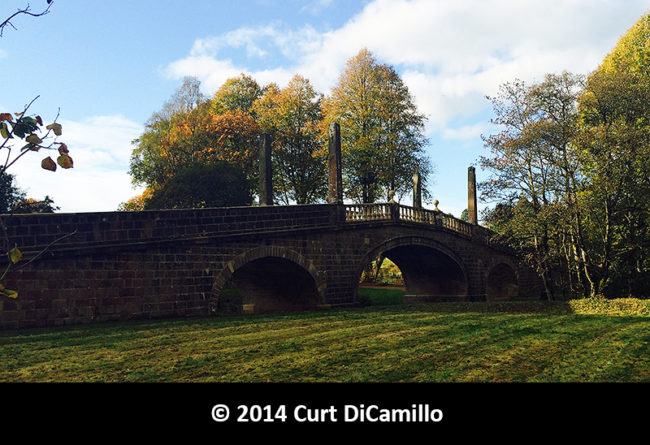
The Adam Bridge
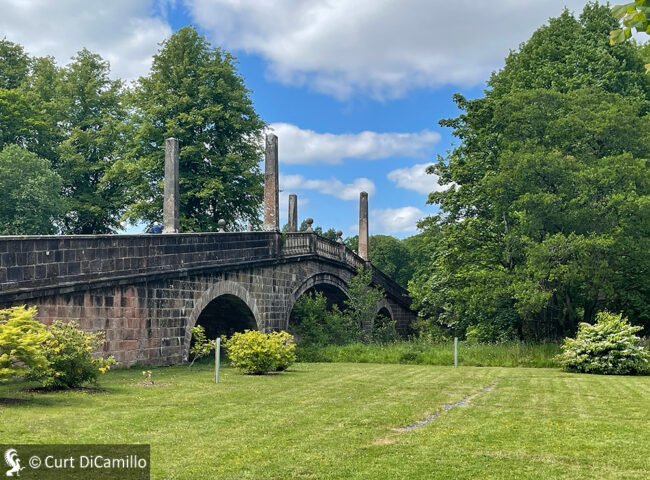
Robert Adam's bridge in 2023
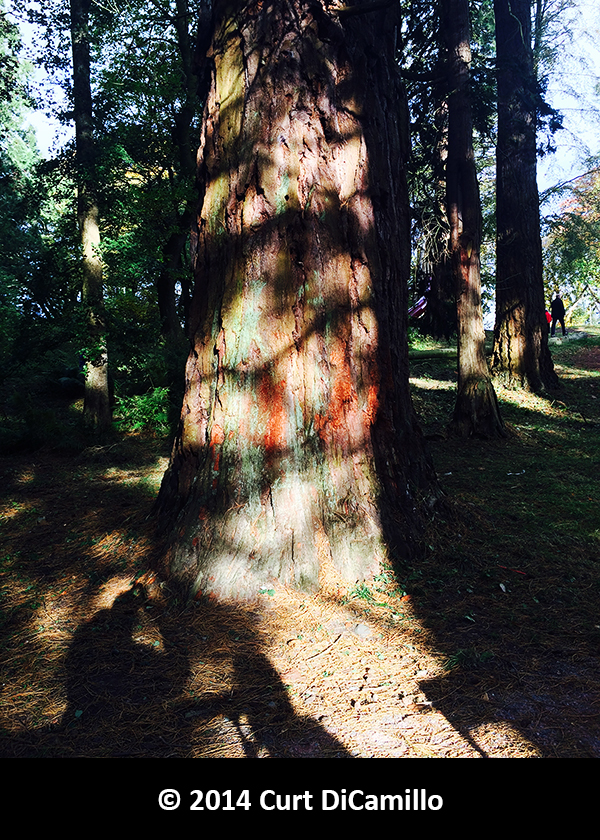
Tree in the park
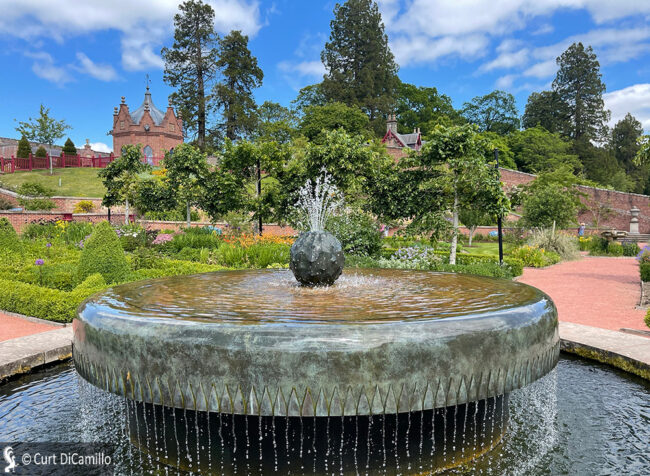
The walled garden in Jun 2023
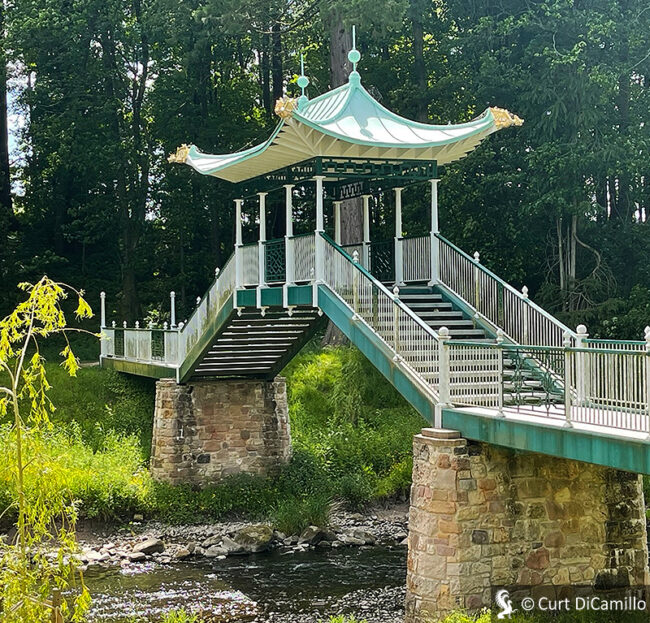
The Chinese Bridge in 2023
Built / Designed For: 5th Earl of Dumfries
House & Family History: The 5th Earl of Dumfries built Dumfries House in the mid-18th century, consulting Lord Burlington and Lord Hopetoun on the preliminary designs for the house. As built by the brothers Adam (the house is considered the finest commission of the brothers), Dumfries House is nine bays long with a pediment rising over three central bays and pavilions linked by quadrants (the second stories were added to the quadrants and pavilions in the 19th century). Dumfries later passed by marriage into the ownership of the Crichton-Stuart family, marquesses of Bute. In the summer of 2004 the 7th Marquess of Bute announced that the Dumfries House Estate would be put on the market in September 2004, with an auction of the contents planned by Christie's for summer 2005. The collection of British furniture at Dumfries was estimated by Christie's as probably the most valuable collection ever to come onto the market. The National Trust for Scotland, which was interested in acquiring the house and contents for the nation, withdrew from the acquisition process, acknowledging that it faced the unrealistic goal of raising an estimated £50 million to purchase the house, contents, and policies, plus establishing an endowment for future maintenance. On June 27, 2007 it was announced that a consortium, led by Charles, The Prince of Wales, and including various heritage charities and the Scottish government (£5 million from the Scottish Executive, £7 million from the National Heritage Memorial Fund, and £2.25 million from The Art Fund), had raised £45 million to purchase Dumfries House and it contents, together with its 2,000-acre estate. The deal also formed a trust to own and run the property: The Great Steward of Scotland's Dumfries House Trust (today the Prince's Trust). The name of the trust was a reference to the title of Great Steward of Scotland held by Prince Charles in his role as the Scottish Duke of Rothesay. The saving of Dumfries would not have occurred without a £20 million loan guaranteed by the prince and his charitable foundations. The money raised by Prince Charles was repaid through fundraising and the development of 50 acres on the edge of the neighboring town of Cumnock, where a Scottish version of Poundbury, in Dorset, is to be built.
Collections: The Jacopo Bassano canvas of "Laban and His Flock" was purchased by the 5th Earl of Dumfries in 1756 and is the only Venetian Renaissance painting in a Scottish house that remains where it was in the 18th century. Dumfries contains one of the finest collections of Chippendale furniture in the world, the majority of which has survived unaltered since the mid-18th century, when it was made for the house. Dumfries' collection of Chippendale represents the largest group of the cabinetmaker's documented Rococo furniture in private hands. The collection also contains important furniture by two of Chippendale's Edinburgh contemporaries, William Mathie and Alexander Peter. A fine set of Gobelins tapestries, given by Louis XIV to the 2nd Earl of Stair while he was ambassador to France, are still in place in Dumfries. The Philadelphia Museum of Art has had in its collection since 1943 a hall lantern commissioned by the 5th Earl of Dumfries for Dumfries House; the brass lantern of 1759 incorporates the Dumfries family's device of a wyvern. (We are grateful to Donna Corbin of the Philadelphia Museum of Art for this information on the Dumfries House lantern). Though it never occurred, there was scheduled a two-day auction of the contents of Dumfries to be held by Christie's on July 12 and 13, 2007, which was estimated to bring £17 million. The auction did not occur because of the 2007 last-minute rescue of the house by Charles, The Prince of Wales (the Christie's auction catalogs are now extremely rare and very collectible in their own right).
Garden & Outbuildings: The house today sits in a 2,000-acre estate.
Architect: John Peter Deering (Gandy)
Date: 1827Architect: Robert Weir Schultz
Date: 19th century
Title: Biographical Dictionary of British Architects, 1600-1840, A - SOFTBACK
Author: Colvin, Howard
Year Published: 1995
Reference: pg. 388
Publisher: New Haven: Yale University Press
ISBN: 0300072074
Book Type: Softback
Title: Dumfries House Guidebook
Author: Binney, Marcus
Year Published: 2008
Reference: pg. 19
Publisher: London: Scala Publishers
ISBN: 9781857595710
Book Type: Light Softback
Title: Christie's Auction Catalog: Dumfries House: A Chippendale Commission: Volume I, Jul 12, 2007
Author: NA
Year Published: 2007
Reference: pgs. 7-8
Publisher: London: Christie's
ISBN: NA
Book Type: Softback
Title: Art Newspaper, The
Author: NA
Year Published: NA
Reference: Jul-Aug 2004, pg. 47
Publisher: London: Umberto Allemandi & Co.
ISBN: NA
Book Type: Newspaper
Title: Classical Architecture in Britain: The Heroic Age
Author: Worsley, Giles
Year Published: 1995
Reference: pg. 269
Publisher: New Haven: Yale University Press (The Paul Mellon Centre for Studies in British Art)
ISBN: 0300058969
Book Type: Hardback
House Listed: Category A
Park Listed: Listed as a Garden & Designed Landscape
Current Seat / Home of: King Charles III
Past Seat / Home of: William Dalrymple-Crichton, 5th Earl of Dumfries and 4th Earl of Stair, 1757-68; Patrick McDouall-Crichton, 6th Earl of Dumfries, 1768-1803; John Crichton-Stuart, 2nd Marquess of Bute and Lord Mount Stuart, 1803-48; John Patrick Crichton-Stuart, 3rd Marquess of Bute, 1848-1900; John Crichton-Stuart, 4th Marquess of Bute, 1900-47; John Crichton-Stuart, 5th Marquess of Bute, 1947-56; John Crichton-Stuart, 6th Marquess of Bute, 1956-93; John Colum Crichton-Stuart, 7th Marquess of Bute, 1993-2007. Charles, Prince of Wales, 2007-22.
Current Ownership Type: Preservation Organization
Primary Current Ownership Use: Visitor Attraction
Ownership Details: Owned and operated by The Prince’s Foundation
House Open to Public: Yes
Phone: 01290-425-959
Fax: 01290-425-464
Email: [email protected]
Website: https://www.dumfries-house.org.uk/
Historic Houses Member: Yes